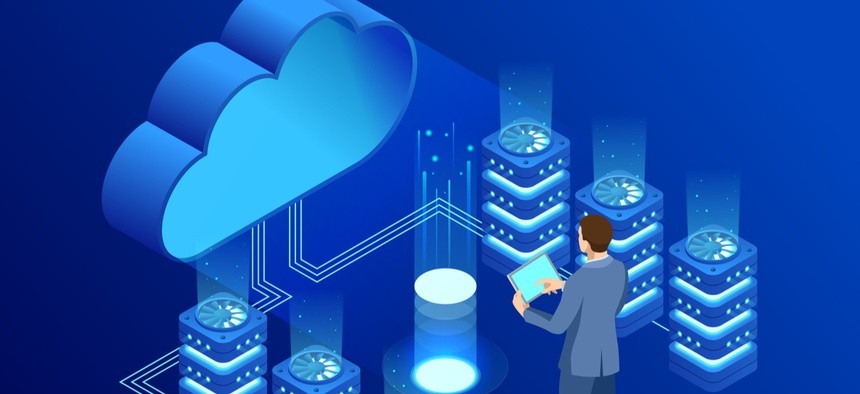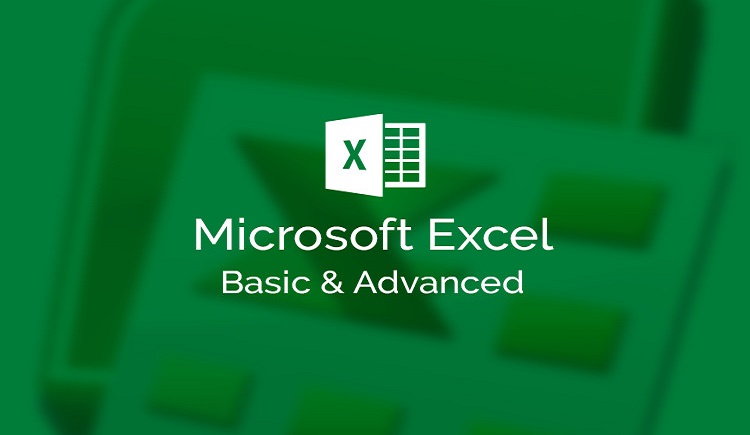Description
Training Introduction:
Cloud-Based Business Applications: Moving to the Cloud is designed to provide participants with a comprehensive understanding of cloud computing and its implications for business applications. As organizations increasingly migrate to cloud environments, it is essential to understand the benefits, challenges, and best practices associated with cloud-based solutions.
This course covers the fundamentals of cloud computing, including different deployment models (public, private, hybrid), service models (IaaS, PaaS, SaaS), and the key applications that businesses can leverage in the cloud, such as CRM, ERP, and collaboration tools. Participants will learn how to effectively plan, implement, and manage cloud-based applications to drive efficiency and innovation in their organizations. By the end of the course, attendees will be equipped with the knowledge needed to navigate the cloud landscape confidently.
Prerequisites:
- Basic understanding of IT concepts and business operations
- Familiarity with software applications used in business environments
- No prior experience with cloud computing is required
Table of Contents:
Module 1: Introduction to Cloud Computing
- Overview of cloud computing: definition and key concepts
- History and evolution of cloud technology
- Benefits of cloud computing: scalability, flexibility, cost savings, and accessibility
- Overview of cloud deployment models: public, private, hybrid
Module 2: Cloud Service Models
- Understanding Infrastructure as a Service (IaaS)
- Exploring Platform as a Service (PaaS) and its applications
- Analyzing Software as a Service (SaaS): features and benefits
- Comparison of service models and their use cases in business
Module 3: Key Cloud-Based Business Applications
- Overview of popular cloud-based applications: CRM (Salesforce), ERP (NetSuite), collaboration (Microsoft 365, Google Workspace)
- Exploring industry-specific cloud applications and solutions
- Case studies of successful cloud application implementations
Module 4: Planning for Cloud Migration
- Assessing the need for cloud migration: business drivers and goals
- Evaluating existing IT infrastructure and applications for cloud readiness
- Developing a cloud migration strategy: steps and best practices
- Risk assessment and mitigation strategies during migration
Module 5: Implementing Cloud-Based Solutions
- Selecting the right cloud service provider and application
- Understanding service level agreements (SLAs) and compliance considerations
- Steps for successful implementation: configuration, customization, and integration
- Hands-on practice: Setting up a cloud application environment (e.g., Salesforce or Microsoft 365)
Module 6: Data Security and Compliance in the Cloud
- Understanding security challenges in cloud environments
- Best practices for data protection: encryption, access controls, and identity management
- Compliance with regulations: GDPR, HIPAA, and industry standards
- Case study: Managing security risks in cloud-based applications
Module 7: Managing Cloud Applications
- Ongoing management of cloud-based applications: monitoring, maintenance, and updates
- Utilizing cloud management tools for visibility and control
- Best practices for performance optimization and cost management
- Hands-on exercise: Using cloud management tools for application monitoring
Module 8: Integration and Interoperability
- Understanding the importance of integration between cloud applications and on-premises systems
- Overview of APIs and middleware for integration
- Best practices for ensuring interoperability between different cloud services
- Case study: Successful integration of cloud applications within a business
Module 9: Disaster Recovery and Business Continuity
- Importance of disaster recovery planning in cloud environments
- Developing a cloud-based disaster recovery strategy
- Understanding backup solutions and data recovery processes
- Hands-on practice: Creating a disaster recovery plan for cloud applications
Module 10: Future Trends in Cloud Computing
- Emerging technologies in the cloud: AI, machine learning, and IoT
- The rise of edge computing and its implications for cloud applications
- Future trends: multi-cloud strategies and serverless computing
- Hands-on exploration: Testing emerging features in cloud applications
Module 11: Change Management and User Adoption
- Understanding the challenges of adopting cloud-based solutions
- Strategies for managing organizational change and user training
- Ensuring user engagement and satisfaction with cloud applications
- Case study: Successful change management during cloud adoption
Module 12: Final Project and Hands-On Lab
- Hands-on exercises using cloud-based business applications (e.g., Salesforce, Microsoft 365, Google Workspace)
- Simulating a complete cloud migration process from planning to implementation
- Final project: Developing a cloud migration plan for a business scenario







Reviews
There are no reviews yet.